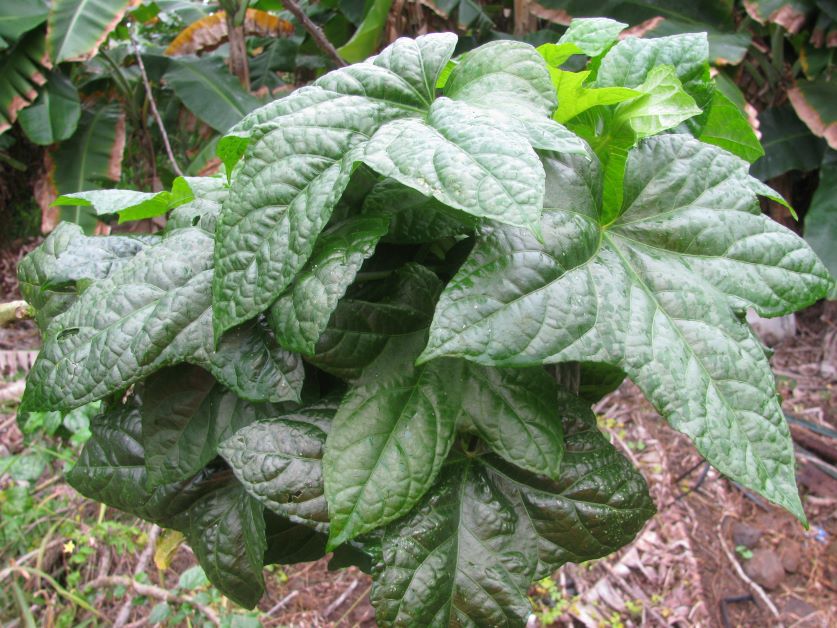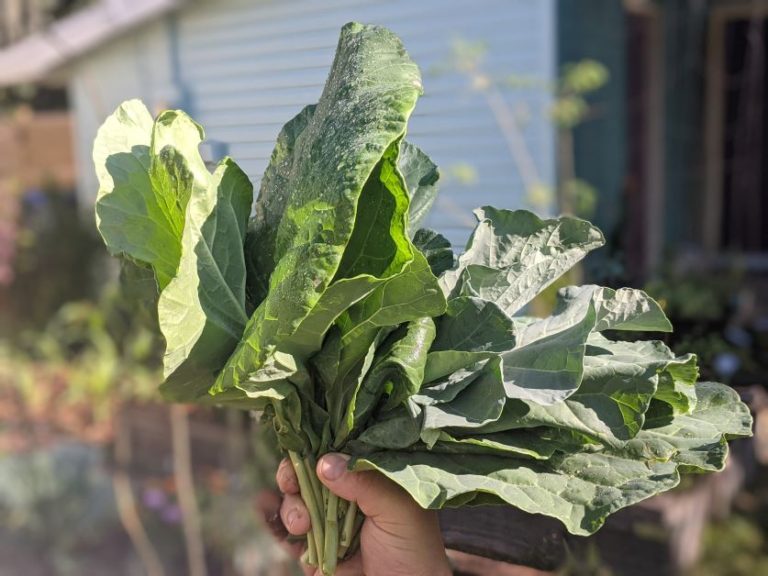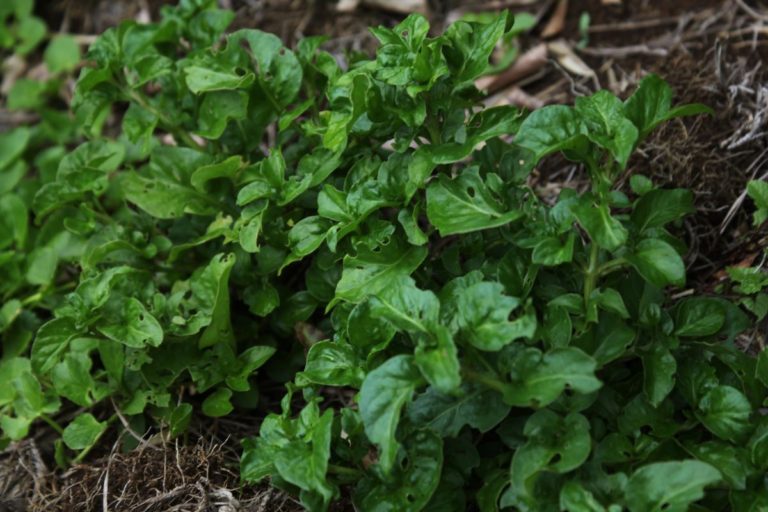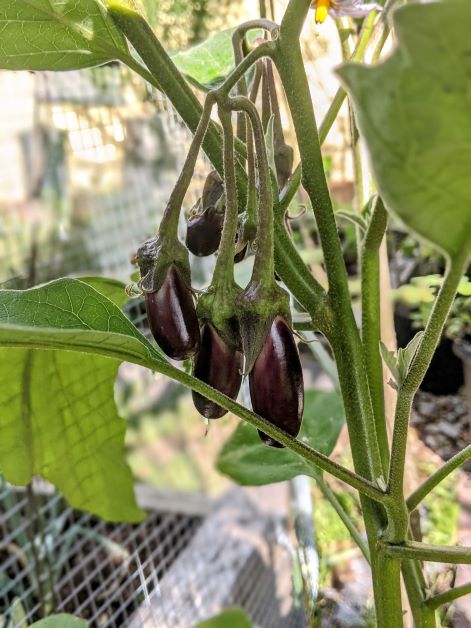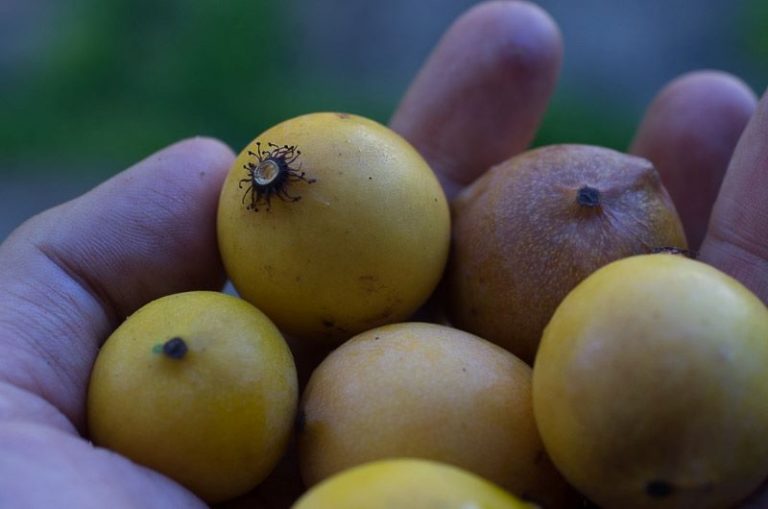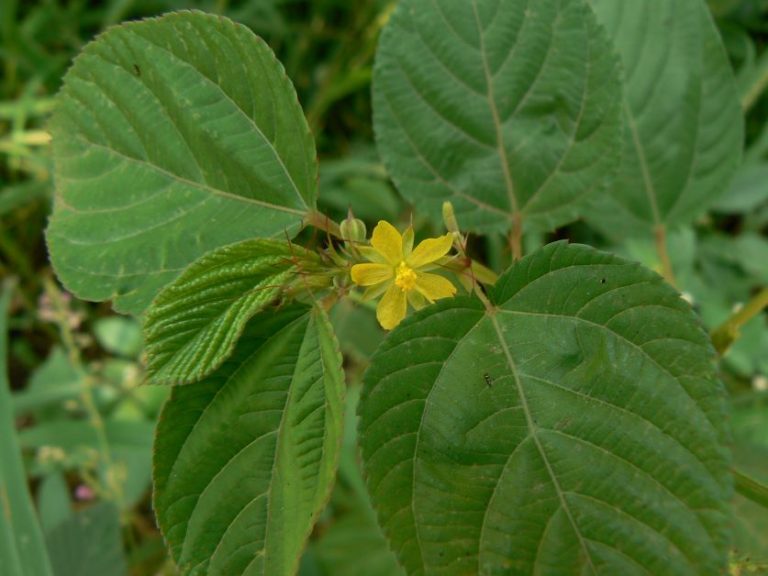Abelmoschus manihot Growing Guide
If you’re looking for a resilient and nutritious heat-tolerant green, Abelmoschus manihot is the plant for you. Abelmoschus manihot doesn’t just handle intense weather, it thrives in it. Learn everything you need to know to add this unique vegetable to your collection with this comprehensive growing guide.
What is Abelmoschus manihot?
Abelmoschus manihot is a member of the mallow family that’s grown for its edible leaves and flowers. This Southeast Asia native is a perennial in subtropical and tropical zones and an annual everywhere else.
Some Abelmoschus manihot common names include:
- Edible leaf hibiscus
- Bele
- Slippery cabbage
- Bush cabbage
- Salad tree
- Sweet hibiscus
- Muskmallow
- Sunset hibiscus
- Tropical jewel hibiscus
- Hibiscus manihot
- Aibika
- Lagikway
- Likway
- Gikway
- Nating saluyot
- Tororo aoi
- Hwang chok kyu
Manihot is popular in Mexico, Asia, and the South Pacific, but it’s relatively unknown in the United States. If you do find it in an American garden, you’re probably in Hawaii. Although most people grow Abelmoschus manihot as a food crop, it’s also used in Japan and South Korea to make Washi paper.
Technically a shrub, Abelmoschus manihot looks sort of like a short tree. It can get to be 9 feet tall and 6 feet wide when it’s grown in ideal conditions. It has wide, dark green, glossy leaves that some people describe as mucilaginous (slimy).
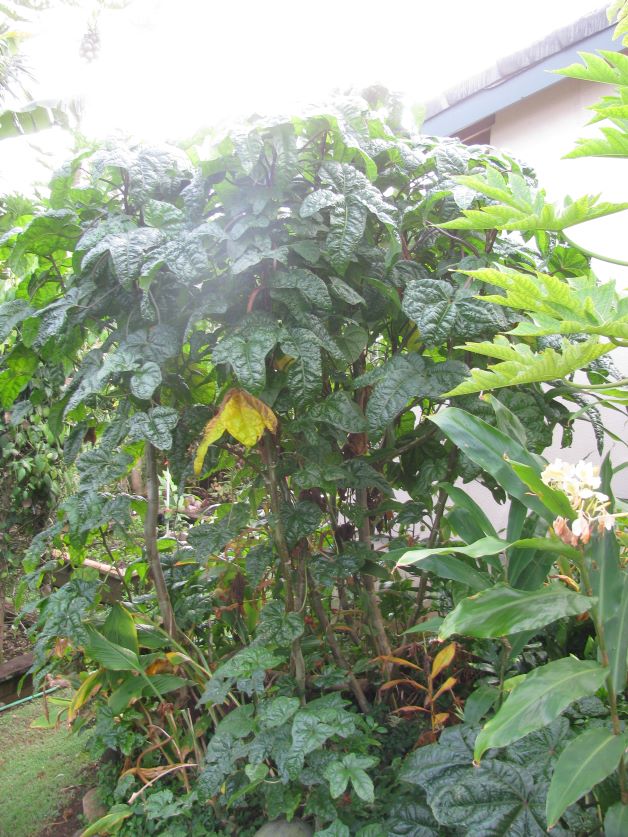
If greens aren’t your thing, you can grow Abelmoschus manihot for its beautiful blooms, instead. When grown as an ornamental, this species makes a great border plant or a focal point in places that gets a lot of sun. Manihot blooms attract a wide range of pollinators like bees, butterflies, and hummingbirds.
Abelmoschus manihot and okra are relatives, so their flowers look a lot alike. These flowers are light yellow with a burgundy center and average 5 to 6 inches across. Although each flower only lasts for 1 day, Abelmoschus manihot blooms repeatedly during summer and early fall. Manihot flowers are edible raw and cooked.
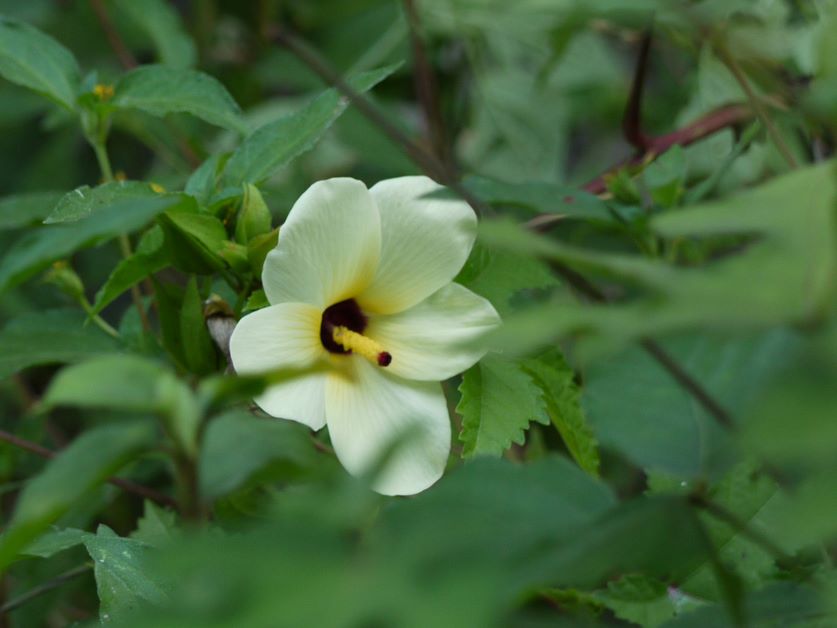
How to Plant Abelmoschus Manihot
You can plant Abelmoschus manihot seeds or you can start it as a live plant and take cuttings.
How to Grow Abelmoschus manihot Seeds
- Fill a seed starter tray with well-draining potting mix. If you live in a cold-weather climate, start your seeds at least 2 weeks before the last frost.
- Plant your Abelmoschus manihot seeds ¼ inch deep and water. Keep the soil moist but not soggy.
- Put your tray in a sunny spot that’s around 75F. Seeds should germinate within 30 days.
- Transplant into your garden after your plant has at least 2 true leaves and when the weather is consistently above 75F and all danger of frost has passed.
How to grow Abelmoschus manihot from cuttings:
- Fill 4-inch nursery pots with well-draining potting mix.
- Cut a few branches from an established live plant that are 4 to 6 inches long. Make sure that the cuttings are a little green and have new growth. Take more cuttings than you think you need because not all will root.
- Remove all but the top few leaves from the branches.
- Optional: dip the cut ends of your branches in rooting hormone. Abelmoschus manihot is easy to propagate, but rooting hormone can increase your chances of success.
- Plant 1 cutting per pot ½ in deep and water it in. Keep your cuttings moist but not soggy.
- Store your cuttings in a warm, sunny location at least 75F. If it’s especially dry or cool in your area, you can put a small plastic bag over your pot to create a humidity dome. If you do so, be sure to keep the bag off of your leaves, otherwise your cutting can rot.
- Your Abelmoschus hibiscus cutting should be rooted in about 2 months. Once rooted, you can step it up into a bigger container or plant it directly into the ground.
Abelmoschus manihot Varieties
Chief Kubo’s Prize
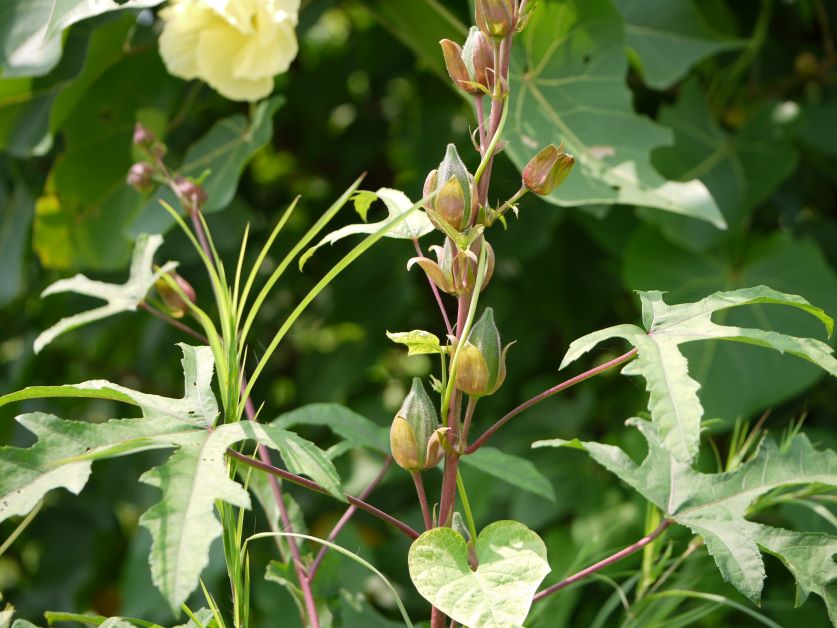
Compared to other varieties, Chief Kubo’s Prize has skinny leaves. Manihot thrives during the hottest parts of the year. This makes Chief Kubo’s choice an excellent substitute for cooler-weather greens, like spinach. Young, tender Chief Kubo’s Prize leaves are said to be a little less slimy than Auntie Lilli’s. This is a good variety to use in stir-fries and soup.
Auntie Lilli’s
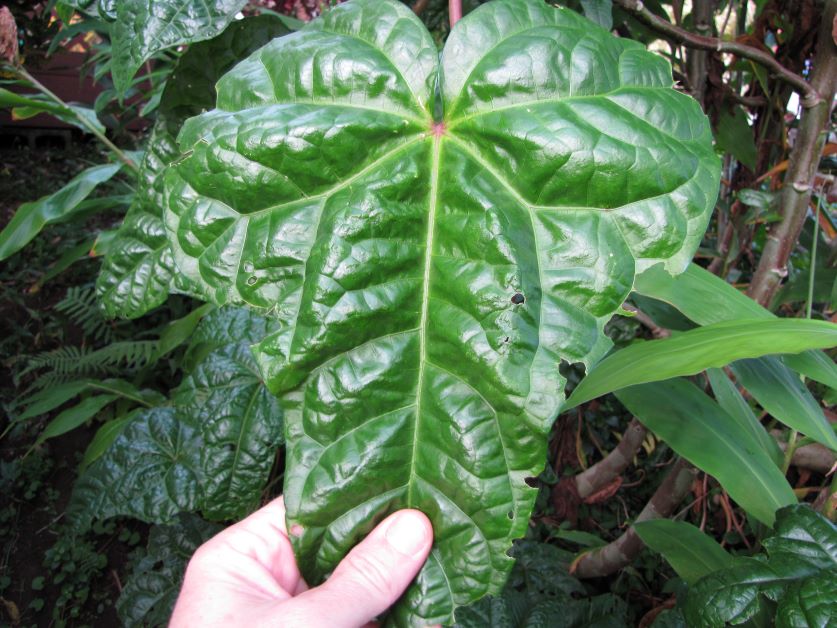
Auntie Lilli’s manihot has wide, shiny leaves. This variety is probably the most common and makes an awesome sandwich wrap when you’re trying to cut carbs. It’s also delicious sliced thinly and thrown into a salad filled with katuk, sissoo spinach, and Egyptian spinach.
Abelmoschus Manihot Cultivation
In tropical conditions, Abelmoschus manihot is low maintenance and fast-growing.
Light and Humidity
Abelmoschus manihot is a full sun plant that needs 8 to 10 hours of sunshine a day. As a tropical plant, it also tolerates extreme humidity.
Temperature
Abelmoschus manihot is hardy in USDA zones 8 through 11. There are reports that Abelmoschus manihot is only a perennial in the very warmest zones (10-11) but if you protect young, less established plants during the coldest parts of the year, you should be able to grow manihot year-round in zones 8 and 9, too.
Gardeners in cooler climates can also enjoy Abelmoschus manihot, but they’ll have to replant it every spring after it dies back. Before the weather gets cold, take a few cuttings of your manihot to grow indoors over the winter. When spring arrives, pop your cuttings into the ground and you’ll be on your way to another manihot tree for the summer.
Water
Manihot needs a moderate amount of water. Older, established plants are drought-tolerant but younger ones need to stay relatively moist (but not soggy). In general, manihot is tastier when watered regularly (especially during very hot weather). When grown in consistently dry conditions, the leaves can get tough.
Soil
Rich, loamy, and well-draining soil is best for Abelmoschus manihot. About 2 weeks before planting, work a good amount of oak leaf compost or aged manure into your soil. Abelmoschus manihot isn’t particularly picky about soil pH and has a wide tolerance of 5.8 to 7.5.
Spacing
Plant Abelmoschus manihot 1 to 3 feet apart in rows 3 to 6 feet apart.
Fertilizer
Feed your Abelmoschus manihot organic liquid kelp fertilizer once a month during the growing season.
Pruning
Left unchecked, Abelmoschus manihot can grow to 9 feet tall. If you live in a hurricane-prone area (like most places where manihot grows particularly well), then you may want to keep your shrub trimmed. These limbs aren’t very strong, so this plant is likely to snap in high winds.
You can also keep your Abelmoschus manihot pruned smaller and keep it as a potted houseplant.
Harvesting
It takes 80 to 90 days to go for Abelmoschus manihot to go from seed to harvest. There are 2 different ways that you can harvest your manihot.
One way is to harvest each leaf one by one by snipping them from their branches.
You can also snip off the first 6 to 8 inches of new growth from the top of your plant. Topping your Abelmoschus manihot will force it to grow back bigger and bushier. Just be sure to leave plenty of leaves underneath where you cut it so that it has enough leaves to take in energy.
If you’re growing Abelmoschus manihot in zones 8 through 9A, you may want to cut your plants down right before the first frost. Use clean pruning shears to chop your manihot close to the soil line, leaving 2 or 3 inches of trunk exposed. As long as you don’t experience several prolonged, hard frosts, this will make your manihot come back stronger and bushier the next spring.
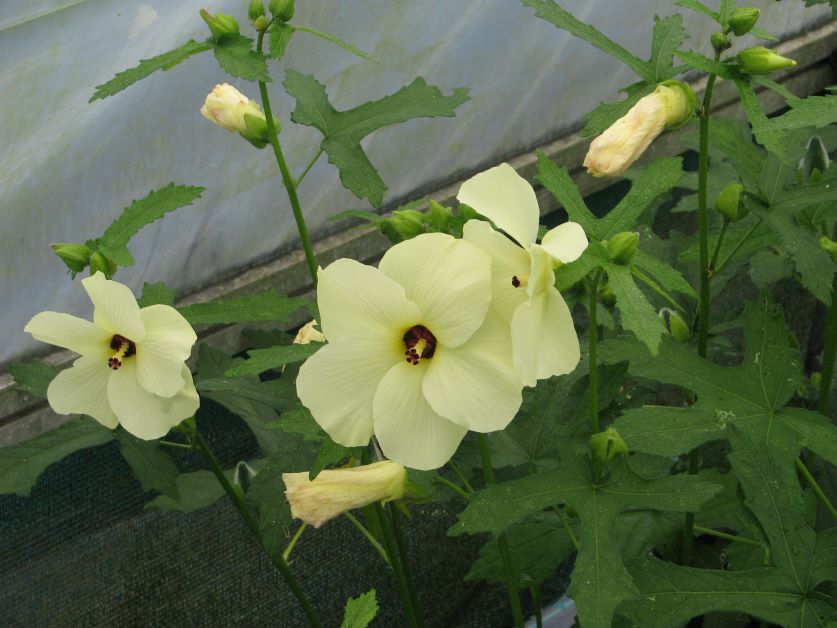
Can You Grow Abelmoschus manihot In a Container?
Yes, you can grow Abelmoschus manihot in a container. Growing Abelmoschus manihot in a container is a great choice for gardeners in cool weather climates. Since this species is cold-sensitive, growing Abelmoschus manihot in pots is a good way to keep your plant growing all year. In fall, bring your pot inside and keep it away from doors and drafts.
Abelmoschus manihot needs a big pot. A 5-gallon container or larger is best. Be sure to fill it with well-draining soil. It’s not a bad idea to add a few handfuls of perlite to your soil mix for extra drainage, too. It’s also important to make sure that all the holes are drilled out in the bottom of your container.
Abelmoschus Manihot Troubleshooting
Abelmoschus manihot doesn’t usually have issues with pests or diseases. If it does, it will probably be one of the pests or diseases below.
Abelmoschus Manihot Pests
Aphids
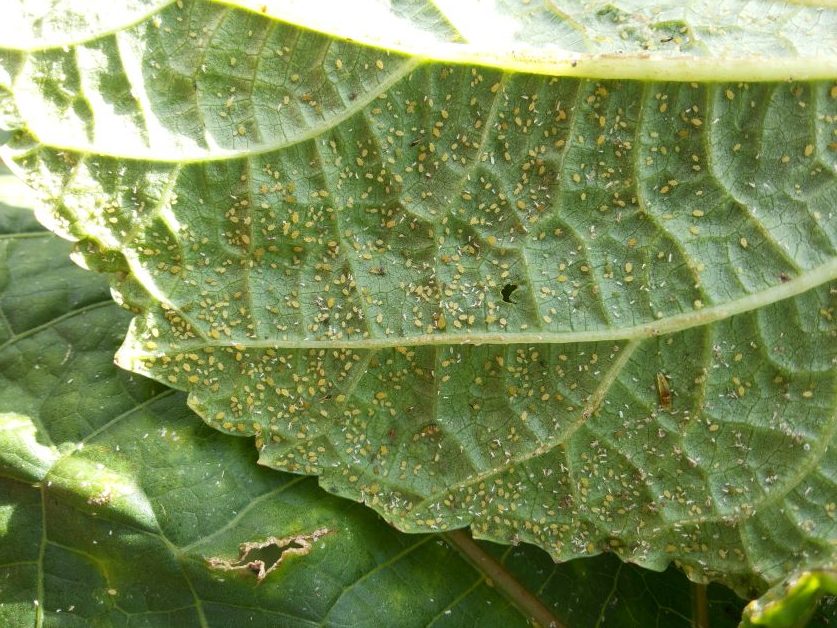
Aphids love leafy greens. These soft-bodied creatures like to hide under leaves and use their mouthparts to pierce foliage and suck out nutrients. Aphids multiply very quickly, so it’s important to take care of them as soon as you see them to avoid a full-blown infestation.
Fortunately, aphids are delicate. A quick blast with your hose will crush them. It can be a little tedious to spray under all of your leaves, but trust me – the time you spend is worth it to avoid losing a crop.
For more information, check out my comprehensive guide to organic aphid control.
Slugs

Like aphids, slugs attack all types of leafy greens. Unless you’re battling a severe infestation, hand-picking, letting your soil dry out, and keeping your garden free of debris are the easiest ways to get rid of slugs.
If these methods don’t work, there are other organic slug control tricks, which you can find in my article about how to get rid of garden slugs.
Whiteflies
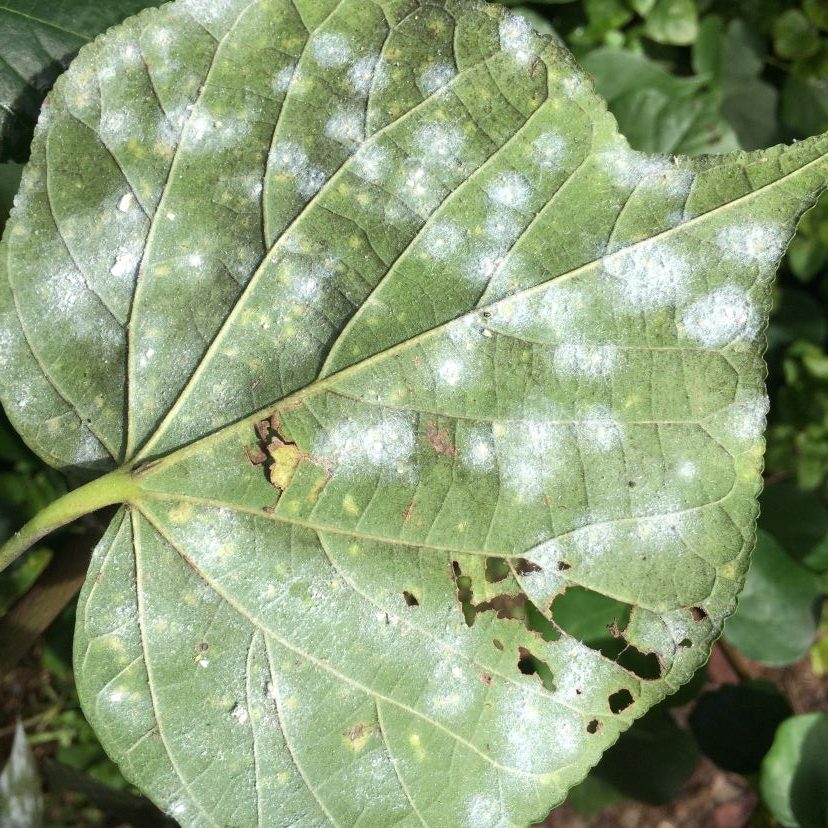
Whiteflies are tiny moth-like insects that look like patches of powdered sugar on your leaves and stems. Keep whiteflies at bay because they cause secondary viral infections and sooty mold. They also suck nutrients out from your plants.
The easiest way to take care of whiteflies is to use insecticidal soap. If you decide to use insecticidal soap, take lots of care to completely wash your manihot leaves before eating.
Abelmoschus manihot Diseases
Powdery Mildew
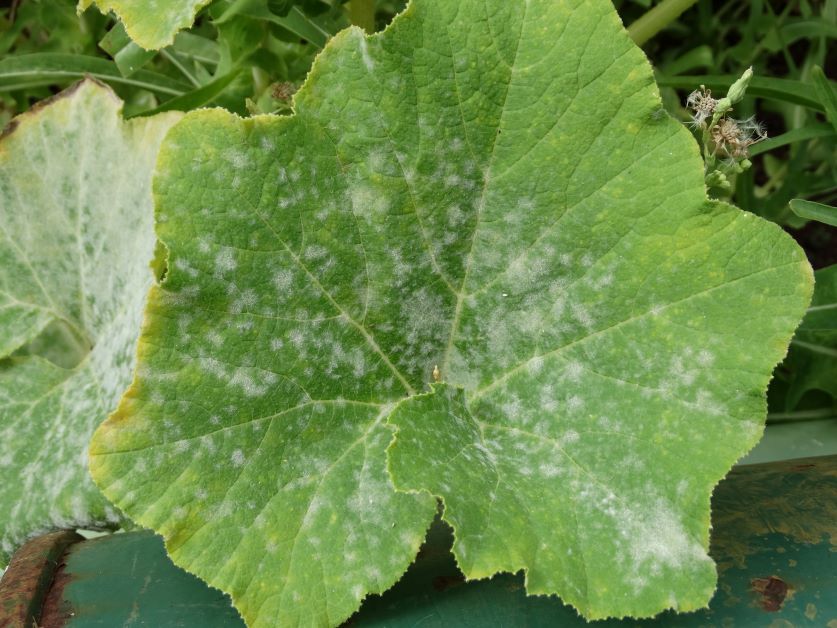
Like most tropical plants, Abelmoschus manihot can be susceptible to powdery mildew. When it comes to fungal disease, an ounce of prevention is worth more than a pound of cure.
Here are some tips to prevent powdery mildew:
- Use a water wand to water your plant at the base of the trunk instead of overhead.
- Install drip irrigation to keep your watering schedule consistent and your leaves dry.
- Plant your manihot in a spot that gets plenty of light. This is important not only because this is a full sun plant, but sunlight helps prevent powdery mildew.
- Water your plants in the morning instead of at night.
- Harvest your manihot regularly. Regular harvesting will not only help your plant be more productive, but it’ll also help improve airflow between your leaves.
Featured Image Photo Credit: Forest and Kim Starr

